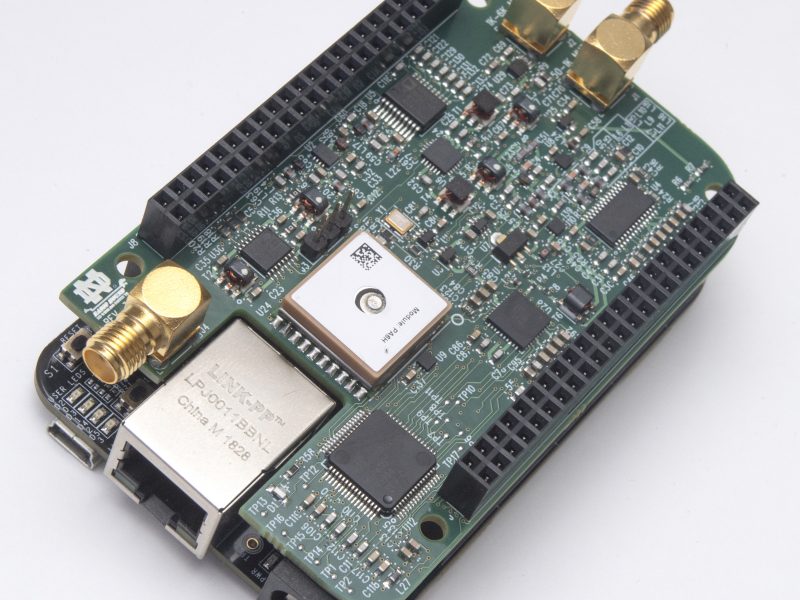Crowded Spectrum: Dynamic Sensing and Sharing

Efficient use of spectrum is key to allowing government and commercial wireless technologies to flourish in the future. The RF spectrum below 6 GHz, in particular, has become extremely valuable as wireless communications technologies supplant wired solutions. As everyone looks for “1000x” improvements over the existing generation of wireless communications, one of the main challenges has become how to better utilize frequencies at 6 GHz and below.
Notre Dame’s Wireless Institute is actively engaged in researching and developing system models, sensing algorithms, and signaling schemes for utilizing spectrum more efficiently. The vision is to create localized spectrum efficiency maps, possibly in coordination with national geo-location databases, to enable wireless devices to dynamically find under-utilized spectrum, while minimizing interference.
To accomplish this, the RadioHound project has been initiated to develop a new spectrum efficiency monitoring platform – a system with a network of high-resolution, low-cost distributed overlay and compare local, real-time spectrum usage and efficiency to the FCC/NTIA radio spectrum sensors, a central data store, and an interface for analytics and visualization that could frequency allocation chart. The spectrum monitors would also be sufficiently sensitive, portable, programmable and low cost to provide an invaluable resource for mapping out spectrum efficiency across the United States. A complete understanding of the space-time efficiency utilization of spectrum is the key to improving it and will enable the regulated sharing of any inefficiently utilized spectrum resources.

